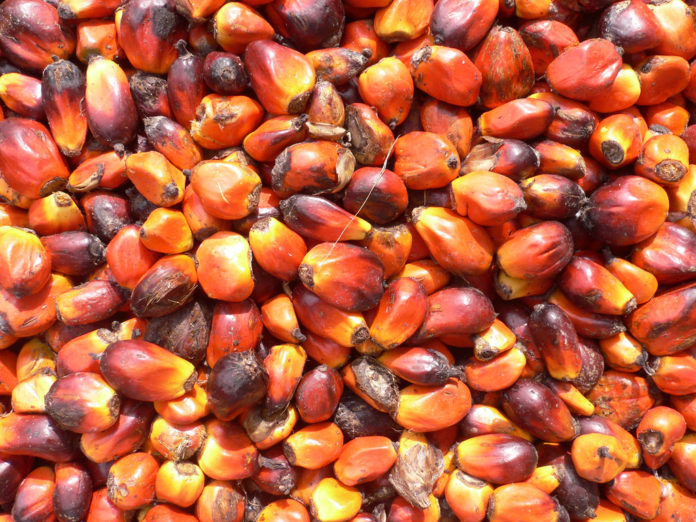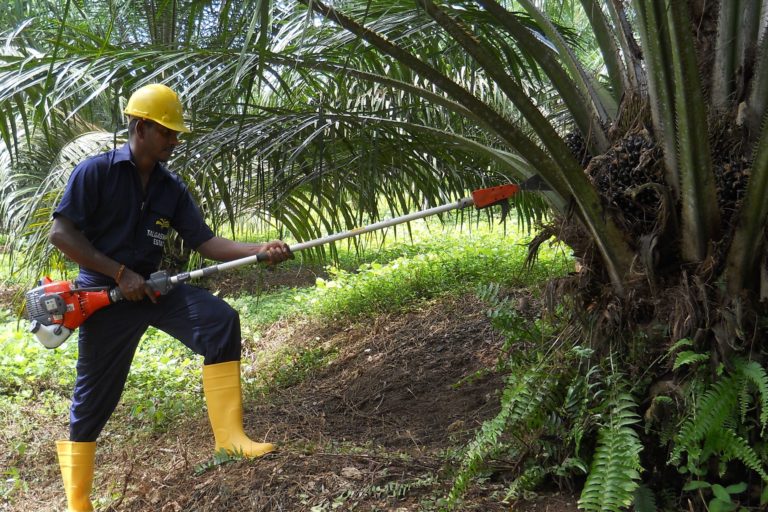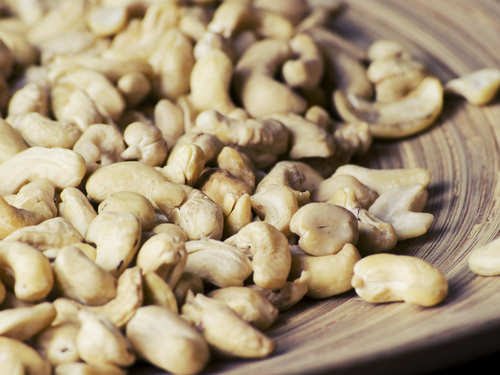The Food and Agriculture Organization (FAO) of the United Nations launched a new Corporate Environmental Responsibility Strategy that aims to reduce the Organization’s total Greenhouse Gas Emissions (GHG) by 45 percent by 2030.
The ambitious new emissions reduction strategy focuses on improving the sustainability of daily operations, including the introduction of energy efficiency measures in facilities, updating travel policies to reduce travel-related emissions, and improving water use and recycling schemes.
“As we look at the current state of our planet, at the loss of biodiversity, rising sea levels, ecosystem degradation, and the negative effects of climate change, it is clear that the time for action is now,” said FAO Director-General QU Dongyu, in his opening address at the launch event today. “FAO has decided to play its part and respond by developing an ambitious action plan to reduce emissions and foster the internal sustainability of its operations and programs”.
He added that the new Strategy “marks a turning point” for FAO and is an opportunity to lead by good example and show reverence to nature, allowing FAO to “continue to walk the talk”.
Concrete actions in the new Strategy include promoting the increased use of renewables and avoiding the use of diesel generators, increasing waste separation and improving recycling schemes, phasing out single-use plastics, and encouraging flexible working practices to reduce commuting.
Also speaking at today’s event, Ambassador Céline Jurgensen, Permanent Representative of France to FAO, Ambassador GUANG Defu, Permanent Representative of China, and Jennifer Harhigh, Charge d’Affaires of the United States, all praised FAO for adopting a new strategy and taking firm steps to reduce GHG emissions.
We have made progress, but we must do more
FAO has had a Corporate Environmental Responsibility Strategy in place for its operations and facilities since 2016 and is one of the first UN entities to do so. Great efforts have already been made at FAO headquarters and main regional and country offices to improve environmental sustainability, and a solid trend of emissions reduction is already visible.
Solar energy systems have been installed at headquarters, at the FAO Regional Office for Africa in Accra, Ghana, and at FAO country offices in Djibouti, Mauritania, Nepal, and Uganda. All the travel- and building-related carbon dioxide emissions have been offset since 2014. Plastic is currently being phased out at headquarters and the FAO Regional Office for Asia and the Pacific in Bangkok, Thailand. FAO projects must undergo mandatory environmental and social screening, including introducing certification for environmental and social risks into the FAO project approval process. Since 2008, FAO projects have resulted in a cumulative reduction of over 27 million kg of carbon dioxide equivalent, and cumulative savings of over USD 4 million.
However, up until now, there have been separate environmental sustainability processes for facilities and operations, and for FAO programmes and projects. The new Corporate Environmental Responsibility Strategy will boost environmental sustainability throughout the Organization’s entire programme of work, targeting all projects and offices across the world.
Call for action to FAO staff
In the launch of the new strategy, the Director-General issued a global call for action to all FAO employees, encouraging them to think innovatively on how to make a difference through their actions, either in the office or at home.
It is imperative that we enact meaningful changes in behaviour and mindsets throughout the Organization to reach the ambitious goal, he stressed.
Participating in the virtual event were FAO employees from around the world. Deputy Directors-General Laurent Thomas and Maria Helena Semedo, FAO Regional Representatives and colleagues from headquarters offices, involved in developing and implementing the Strategy, also spoke at the event.
















